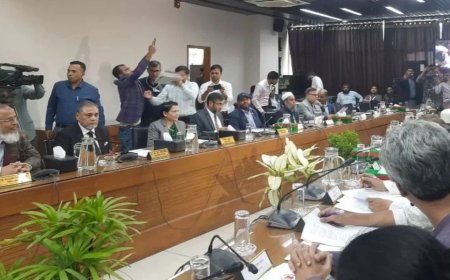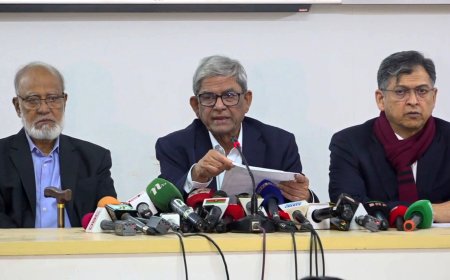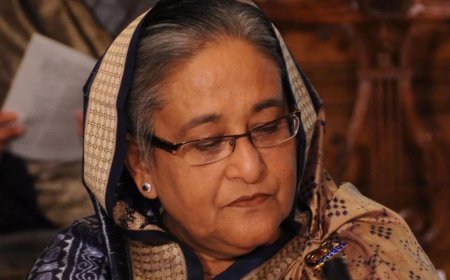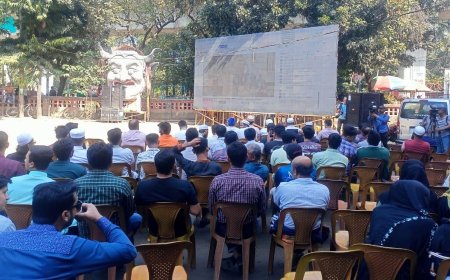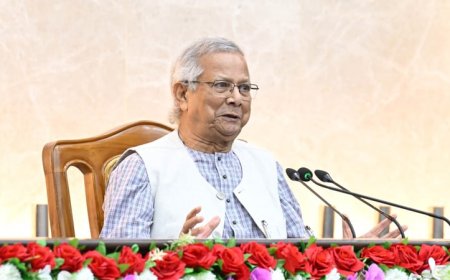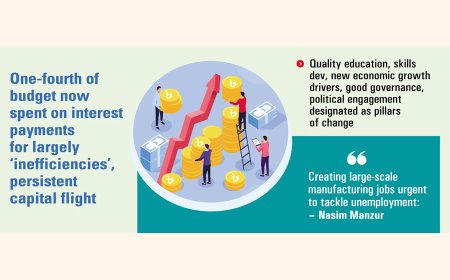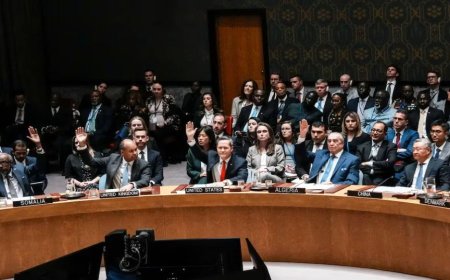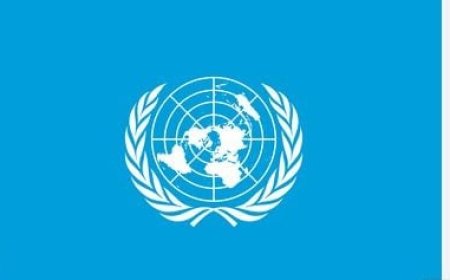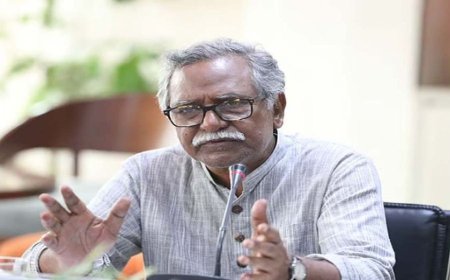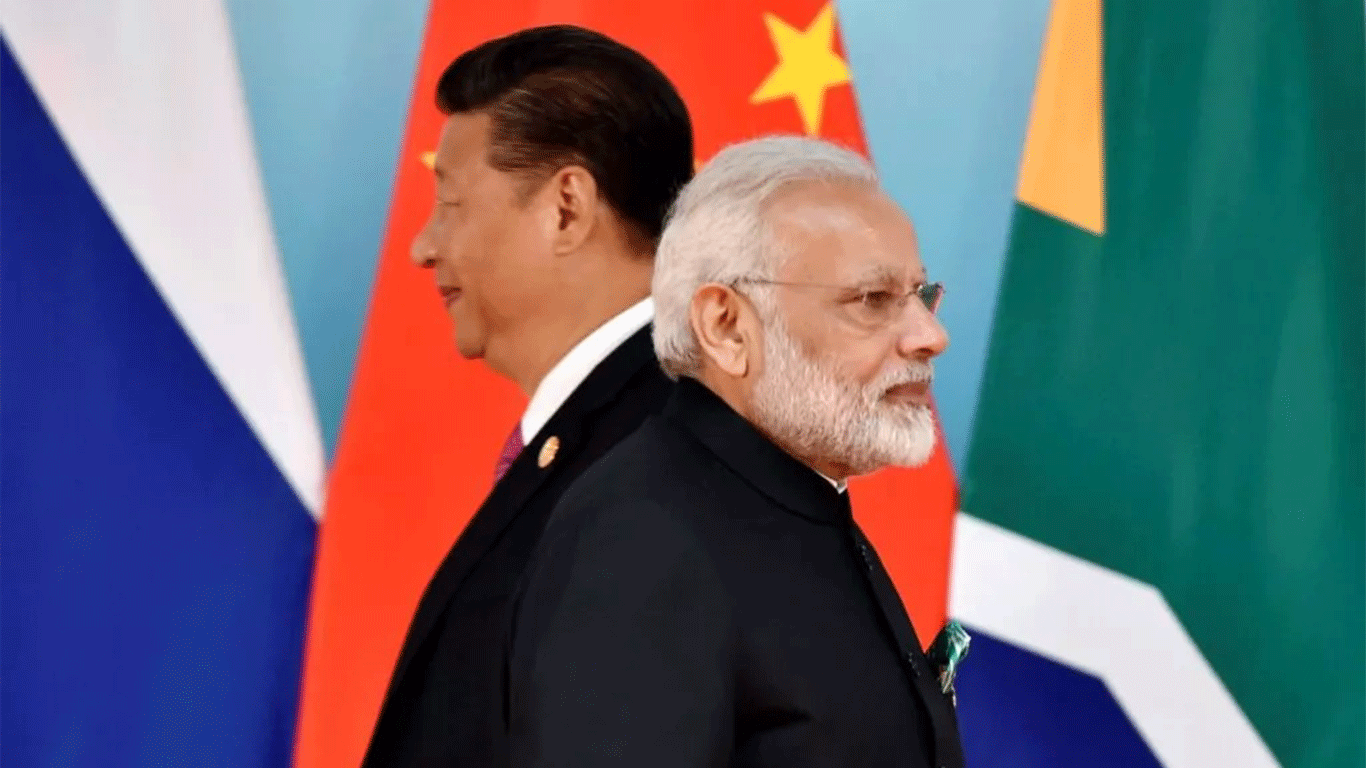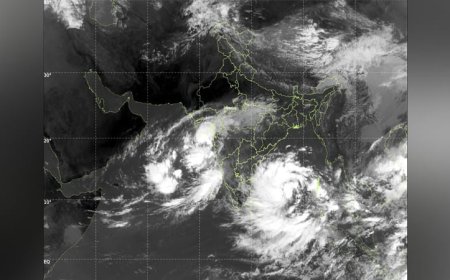Industrial imports, credit decline amid prolonged dollar shortage
Private sector credit growth hits lowest level in 22 years
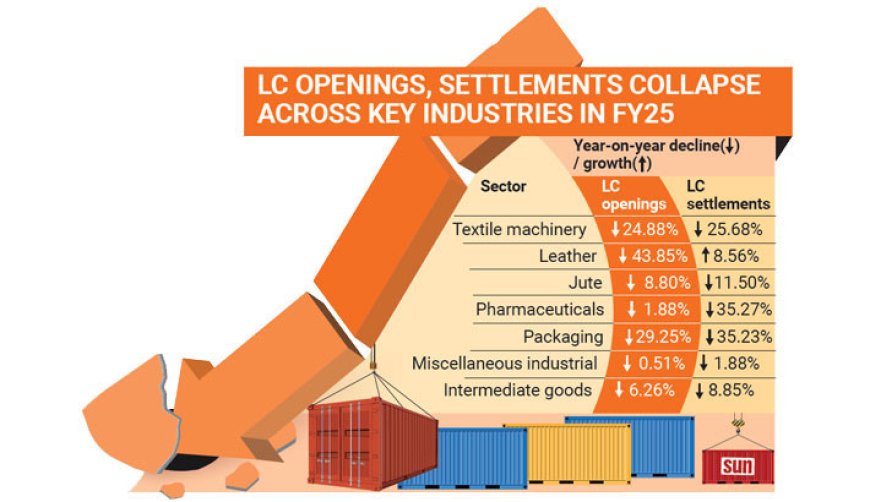
Three Years On, Import Curbs Persist Amid Lingering Dollar Crunch, Stalling Industry and Credit Growth
Three years after Bangladesh Bank introduced import restrictions to curb a US dollar crisis, many of those controls remain, hampering trade and slowing industrial expansion—despite some improvements in foreign currency reserves.
Banks remain wary of opening letters of credit (LCs), compelling importers to navigate a web of approvals and delays. Simultaneously, additional duties imposed by the National Board of Revenue (NBR) continue to weigh heavily on businesses.
According to central bank data, capital machinery imports totaled over US$6.46 billion in FY 2021–22. Since then, amid the dollar shortage, imports have sharply declined, falling to just $1.98 billion by the end of FY 2024–25.
Business leaders have raised alarm over the deteriorating business climate.
Shams Mahmud, president of the Bangladesh Thai Chamber of Commerce and Industry, said, “Industrial investment is effectively on hold. Until liquidity returns, new ventures won’t take off. Banks are prioritising treasury bonds over lending to the private sector, leaving entrepreneurs without access to capital.”
Mohammad Hatem, president of the Bangladesh Knitwear Manufacturers and Exporters Association, pointed to broader structural issues: “We’re facing a fuel shortage, tight credit, and weak policy support. The central bank’s current stance is stifling industrial growth.”
Private Sector Credit Growth Hits Two-Decade Low
The decline in capital machinery imports has mirrored a steep drop in private sector credit growth. In FY 2022–23, LC openings for capital machinery plunged 55.09%, with settlements down 29.47%. The trend continued through FY 2023–24, with further declines of 23.86% and 10.97%, respectively. Most recently, in FY 2024–25, LC openings fell another 25.41%, while settlements dropped 25.42%.
Private sector credit growth fell to just 6.40% in June 2025—the lowest since 2003—driven by high interest rates, diminished investor confidence amid political uncertainty following the August 2024 ouster of the Awami League, and a persistent banking sector liquidity crunch.
Dr Mustafa K Mujeri, executive director of the Institute for Inclusive Finance and Development, warned, “Escalating lawlessness, politically motivated cases, and attacks on businesses are destabilising the economy and fuelling social unrest. Without bold corrective actions, Bangladesh risks descending into a deeper crisis.”
Former Dhaka Chamber of Commerce and Industry president Rizwan Rahman echoed these concerns: “Investors won’t take risks in an unsafe environment. Restoring law and order and institutional trust must be the government's top priority.”
Credit growth, which stood at 10.13% in July 2024, slipped to 9.86% in August and continued falling—dropping to 6.82% by February 2025.
Restrictions Continue Despite Policy Reforms
In response to the 2022 dollar crunch, Bangladesh Bank had enforced tough import measures such as 100% cash margins, elevated tariffs, and a freeze on bank loans for certain imports.
Although the post-August 2024 reforms—including the shift to a market-based exchange rate—have partially stabilised reserves and eased pressure on the dollar, many restrictions remain in force.
Central bank officials confirmed that a 100% cash margin is still required for a broad range of goods—including automobiles, electronics, luxury items, and even ready-made garments—while bank financing for these categories remains suspended.
Syed Mahbubur Rahman, former chairman of the Association of Bankers, Bangladesh (ABB), welcomed the adoption of a market-based rate but urged the removal of all remaining restrictions.
“The dollar shortage has eased, but only temporarily. Lifting the remaining curbs would revive trade and investment and bring transparency to currency pricing.”
What's Your Reaction?







